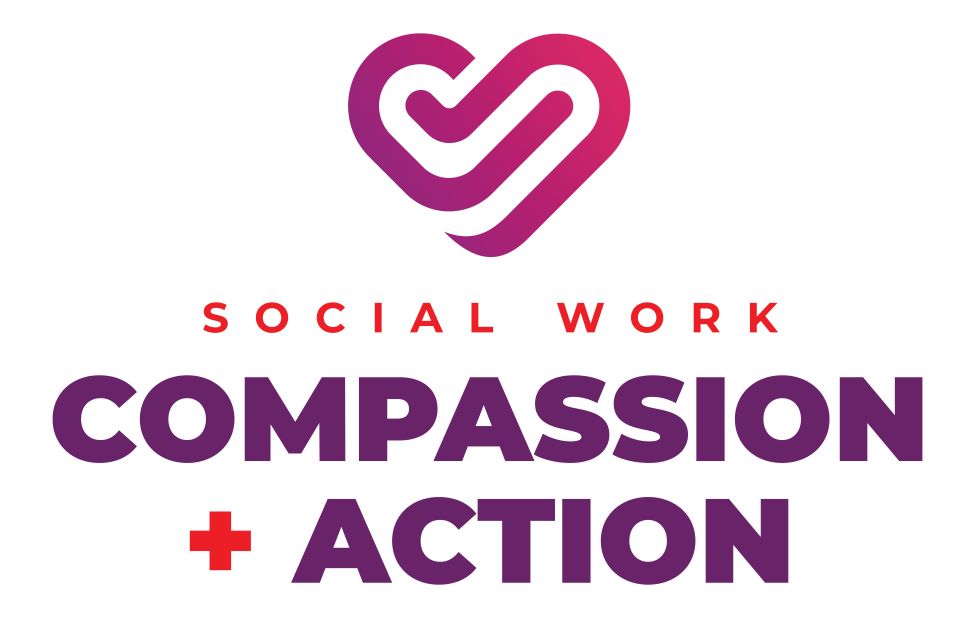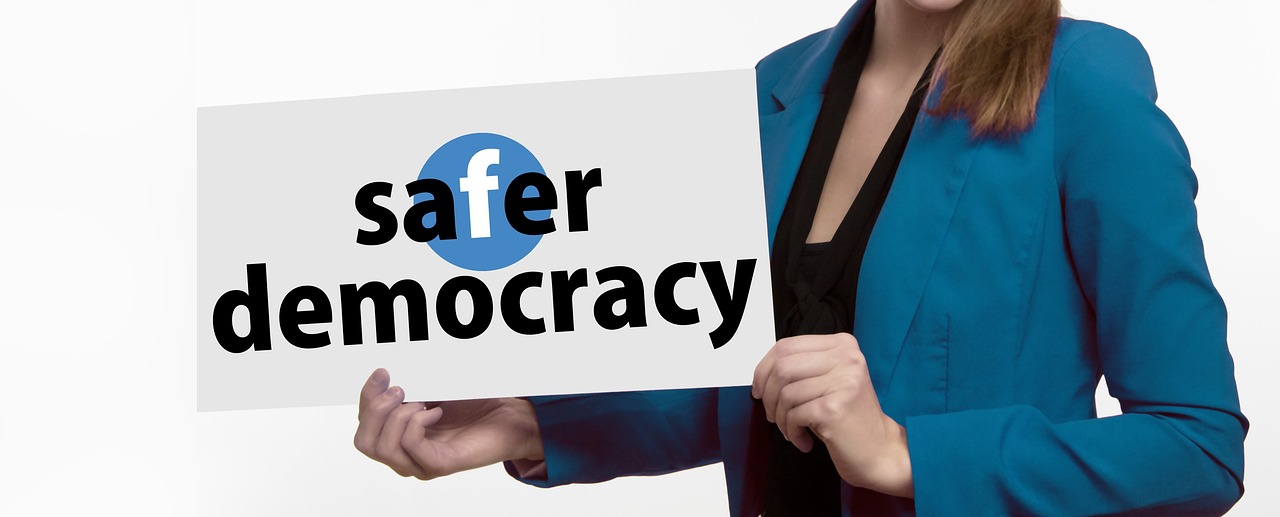March is Social Work Month — a time to reflect on the history of the profession, understand the role the profession has in promoting social welfare, learn how to become a social worker, and seek ways to get involved. The theme for 2025 Social Work Month is Social Work: Compassion + Action, drawing on ethical principles rooted within the profession’s rich history.
Social Work — A Brief History
 Jane Addams, the “mother” of social work and the second woman to win a Nobel Peace Prize, is known for her contributions to the immigrant population and progress in promoting peaceful international relationships in the midst of war. Notably, Addams is the founder of the Women’s International League for Peace and Freedom (1915) and co-founder of Hull House (1889), a settlement house providing holistic services for the immigrant population in Chicago.
Jane Addams, the “mother” of social work and the second woman to win a Nobel Peace Prize, is known for her contributions to the immigrant population and progress in promoting peaceful international relationships in the midst of war. Notably, Addams is the founder of the Women’s International League for Peace and Freedom (1915) and co-founder of Hull House (1889), a settlement house providing holistic services for the immigrant population in Chicago.
In light of Addams’ contributions, social work has developed into a profession in which “happy helpers” carry out her guiding ethics and values. In 1960, the National Association of Social Workers (NASW) published the first edition of the NASW Code of Ethics to guide the profession and reinforce fundamental principles based on the core values of service, social justice, dignity and worth of the person, importance of human relationships, integrity, and competence. While the profession has developed over the years, the aim is still to promote social welfare through direct practice with individuals and communities and through legislative advocacy on the macro level.
Social Work and Social Welfare
Today, social work intersects with social and behavioral sciences, drawing on sociology, psychology, anthropology, economics, and political science in its application to various communities and social problems. Social work exists in countless fields, providing focused care and resources to each population. Whether working on the micro, mezzo, or macro level, social work involvement spans child welfare, disabilities, foster care and adoption, military and veteran, health care, immigration, justice and corrections, LGBTQ+, mental health, substance abuse, gerontology, education, and other social welfare and services. While it’s easiest to break down these levels of intervention into small, medium, and large impact, it’s important to remember that — as with sociology — all levels overlap.
Micro-level social work, direct practice with individuals and small groups, is the most common and is likely what comes to your mind when the profession is mentioned. This can involve finding people resources, connecting them with social services, or providing support through counseling, all of which aim to address personal issues. Mezzo-level social work provides services to communities and groups, such as schools, businesses, and prisons; here, the scope is on what can be done to prompt positive change at the local level. Macro-level social work aims to intervene and advocate for policies and funding that provide relief to communities, states, and/or countries; large-scale interventions promote systemic change that can trickle down to the micro level. Knowing the distinction and interrelation between these levels can be helpful in accounting for influencing factors when conducting research and deciding the point of intervention in which you’d like to be involved.
How to Become a Social Worker
Education and certification requirements to become a social worker vary by state, but the three most common licenses include licensed baccalaureate social worker (LBSW), licensed master social worker (LMSW), and licensed clinical social worker (LCSW). To become a social worker, you need a bachelor’s degree in social work, 400 field hours, and to pass the Association of Social Work Boards (ASWB) Examination; as an LBSW, you qualify for jobs such as patient or survivor advocate and case manager. Completing a master’s degree, earning 900 field hours, and passing the ASWB Examination will earn you an LMSW and open additional opportunities in higher-level positions and clinical roles. With an LMSW, you can begin your 3,000 supervised clinical hours and take the ASWB Clinical Exam to become an LCSW, where you can diagnose mental health disorders and provide therapeutic and counseling services to patients. If you are interested in teaching, researching, or having a leadership position, you can get your Doctorate of Social Work, which is the highest level of education in the field.
Related degrees, like sociology and other social sciences, transition well into social work, as it’s important to understand human dynamics and how individuals and groups are impacted by social, political, cultural, and economic forces. So, if you become interested in a Master of Social Work, you can apply to graduate school with an undergraduate degree in a related field. Further illustrating this interdisciplinary relationship is a key assessment social workers use: the biopsychosocial assessment. This allows for a comprehensive understanding of one’s wellbeing with a look into their biological, psychological, and social characteristics — all of which impact one’s overall health.
Other Ways to Get Involved
 You don’t have to become a social worker to promote social welfare. You can be a “happy helper” and promote social wellbeing within your local and global community by committing to helping underserved populations at local, national, and international levels. Non-profit agencies are often looking for volunteers, and you can fulfill these needs by researching organizations, submitting a volunteer form, and partnering with the organization to help serve the community. Another way to get involved is through political participation and activism, which can range from voting and signing petitions to participating in marches, rallies, and protests.
You don’t have to become a social worker to promote social welfare. You can be a “happy helper” and promote social wellbeing within your local and global community by committing to helping underserved populations at local, national, and international levels. Non-profit agencies are often looking for volunteers, and you can fulfill these needs by researching organizations, submitting a volunteer form, and partnering with the organization to help serve the community. Another way to get involved is through political participation and activism, which can range from voting and signing petitions to participating in marches, rallies, and protests.
One quick and easy way to stay involved is through the intentional use of social media. In honor of Social Work Month, NASW provides a Social Media Toolkit to increase online exposure and appreciation of the profession. In the words of Jane Addams, “Action is indeed the sole medium of expression for ethics,” and you can continue to use your platform and voice to spread awareness on social issues and encourage others’ participation in promoting social wellbeing.
Hovanec-Carey is a co-owner of UITAC Publishing. UITAC’s mission is to provide high-quality, affordable, and socially responsible online course materials.
- “Social Work Month 2025 Logo” is licensed on NASW. This image has not been altered.
- “Jane Addams profile” by Moffett is in the public domain. This image has not been altered.
- “Message Spelled on Letter Cubes” by Polina is licensed on Pexels. This image has not been altered.




